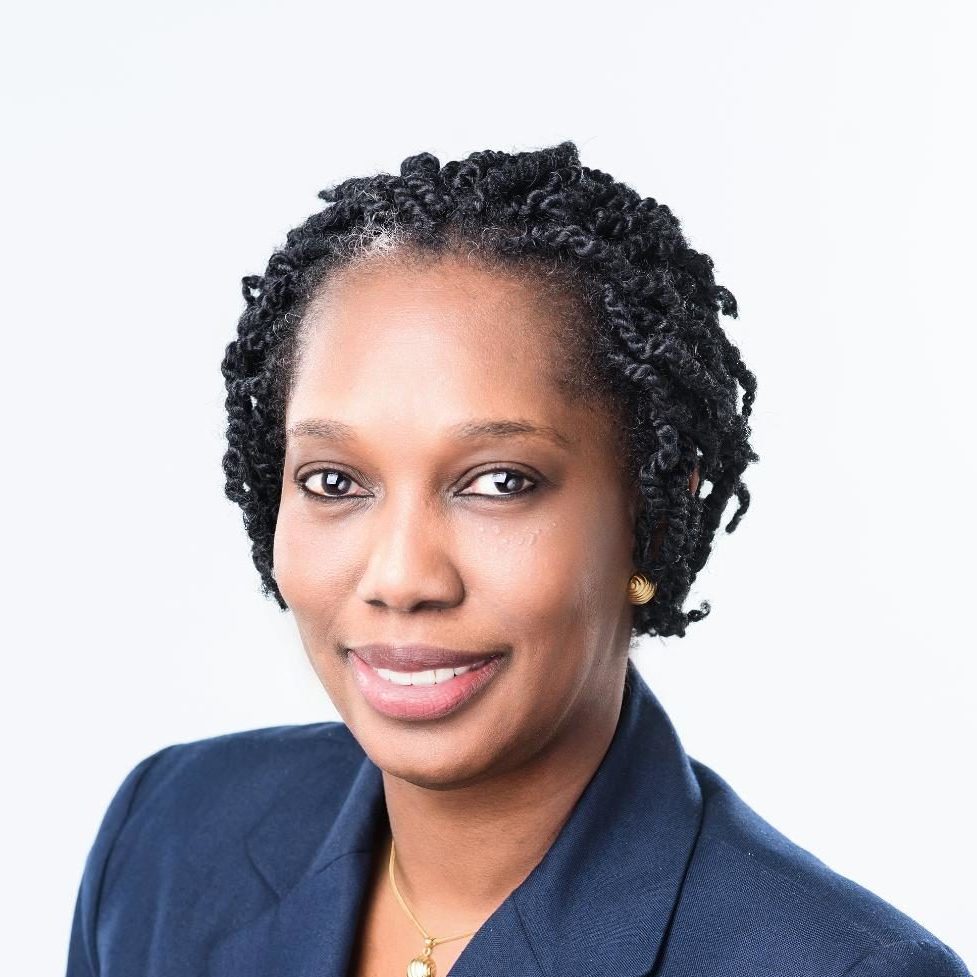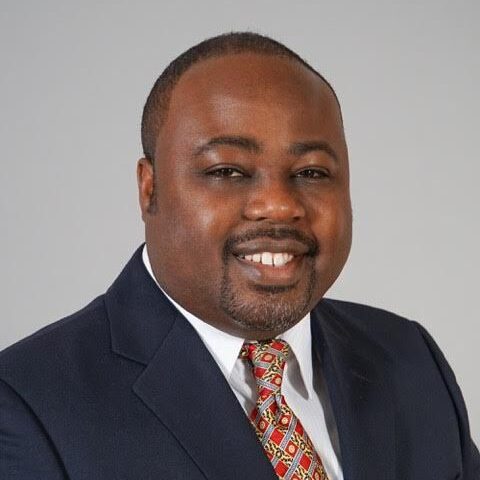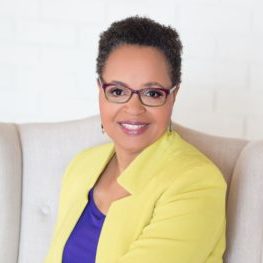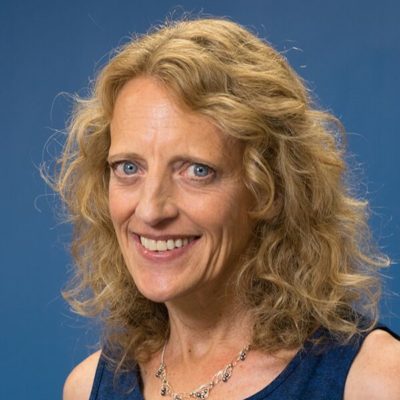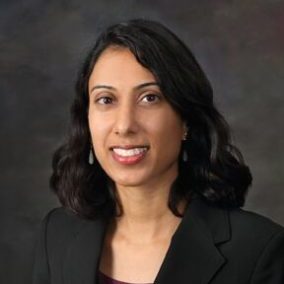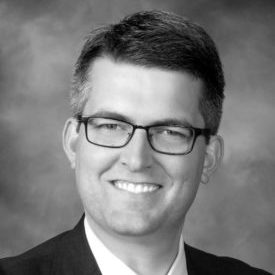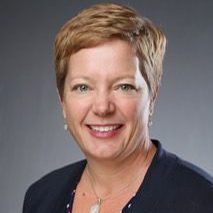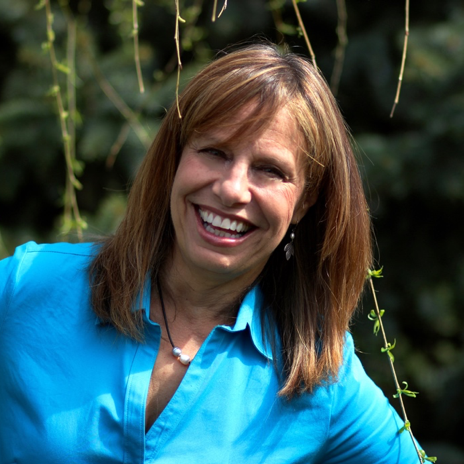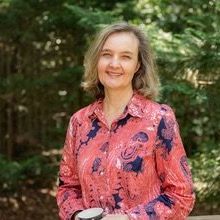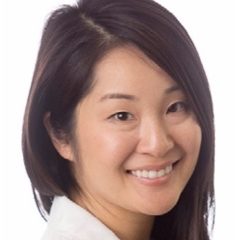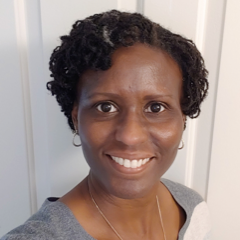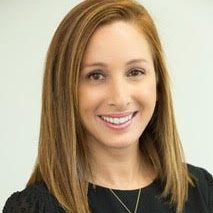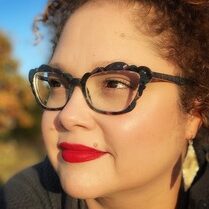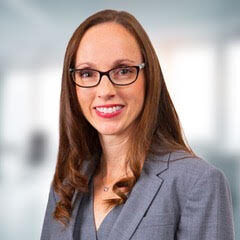I stayed up too late the other night treasure hunting on LinkedIn. I kept saying to myself, “Just one more search, then I’ll stop. I promise.” But I couldn’t. I kept trying new searchers for potential contacts. When the results came up, my eyes would widen and I’d say, “Wow! What a great profile! I want to reach out to that person!” Then I’d craft a personalized message, hoping to get a reply. The next day I was excited to see some replies in my in box. Oh my. I just realized this is sounding like on-line dating! Noooooo. Not that there’s anything wrong with that. I will admit to having tried it. But I don’t think it ever kept me up ‘til the wee hours (maybe that was the problem). Rather, I’m referring to the biggest career-networking site for professionals.
With over 330 million members, LinkedIn is an incredibly powerful networking platform. It’s a great tool for researching non-clinical careers, job hunting, and career enhancement. By creating your own profile, you can network with professionals in any career area, join special interest groups, apply for jobs, and research companies. Recruiters, headhunters, and others seeking your expertise and background can also find you. The basic membership is free, and you can upgrade for additional services and features.
Even though I’m not personally looking for a job, I use LinkedIn to connect with individuals in different non-clinical areas. I also reach out to recruiters who could be useful for my clients, and join certain groups and follow their discussions.
One area I was searching that night was my alumni network. This is akin to treasure hunting where gold has been found before; there is a higher probability you will find someone willing to connect because you have something in common. Similarly, search for others in your own specialty, or people who have a common interest, such as volunteering abroad or public health. That’s not to say you can’t have good luck without specific commonalities. You still have the physician-to-physician connection. A lot of it has to do with your message and playing the numbers game. If you send out enough requests, you WILL hear back. You just have to be persistent.
One of the messages I received in my inbox that morning was from a physician who went to medical school where I did my residency. I found him by typing in the search box, drug safety and physician and FDA. His profile looked interesting, as he had worked for the past several decades in both pharma and for the FDA. I sent a friendly message saying I was impressed by his successful career path and would welcome the chance to ask him a few questions about how he made his transition. The next morning there was a long email from him telling me about how he found his first drug safety job right out of fellowship and his various jobs in pharma and his current work for the FDA. We exchanged a few more emails and he offered to be of assistance in the future. It is through these kinds of connections that you learn the insider secrets of how transitions are made, what it’s like to work in a certain sector. You build connections that help you down the road.
Through my efforts that night, I also ended up speaking with a pharma recruiter in the Bay area who agreed to let me know about opportunities for physicians in more entry-level positions. And yesterday I had a great conversation with a dermatologist who does drug safety work for a CRO (contract research organization). He told me about his day-to-day responsibilities and how he made his transition.
As I mentioned above, you can also search for jobs on LinkedIn. Going back to that late night, I was curious what I could find in the way of medical writing jobs, as a good number of my clients are pursuing this work. In the Job Search section, I typed Medical Writer Entry Level. Shazam!! A job for an entry-level medical writing position came up. And it happened to be in the very town where one of my clients lives who is seeking this kind of opportunity. I would have fallen off my chair, but I happened to be in bed working from my laptop. Because I’m doing a free month trial of the Job Seeker Premium account, I was able to see additional information that there were 12 applicants for this job to date, 33% with an MD, and 42% with a PhD. I fired off an email to my client in that town and she sent in her application the next day.
Another way you can use LinkedIn is to join some of the special interest groups. Once you are a member, you can follow and participate in the discussions. You might be interested in the American Association for Physician Leaders group, or the Society for Physician Entrepreneurs. There are groups for almost every sector you could think of. Following the discussions is a good way to gauge your interest level in the subject matter. You can also find folks to connect with in these groups.
There is so much more to LinkedIn than I can cover here, but I hope you are feeling excited to get out there and do some treasure hunting.
For LinkedIn Rookies – If you don’t have one already, start creating your profile. Make sure you include a professional headshot. You will be prompted to fill in most of the information from your CV. Your summary statement is more free- form and basically answers the question of who you are, what you have accomplished and what you are seeking. Once you have your profile complete, start connecting with individuals you want in your network. For a step-by-step guide on creating your profile, click here.
For LinkedIn Veterans – continue building your network. It is good to have at least 100 quality connections, ideally 300 – 500. Explore your alumni network for potential contacts. Consider trying the Premium Job Seeker account ($29.95 per month) for a free one-month trial if you are in job search mode. Are there some groups you would like to join? Set an intention to reach out to 10 – 15 folks in the next week who could be helpful to your career. If there is someone who would be a key contact, you can always offer to pay a consultation fee. Their advice could be invaluable and well worth the $$.
To all of you, good luck treasure hunting on LinkedIn. As you put yourself out there, you will also see how you can be of service to others. What you give and receive through these exchanges is priceless in value.
Additional resources
LinkedIn for Dummies by Joel Elad 2014
The Power Formula for LinkedIn Success by Wayne Breitbarth 2013
Ready to create a stand-out LinkedIn profile, network without being schmoozie, and find your dream job? Check out my new signature course: LinkedIn for Physicians
Latest Posts
Find what you're looking for:
Popular Categories:
Career Change | Career Enhancement | Job Search | Personal Development
